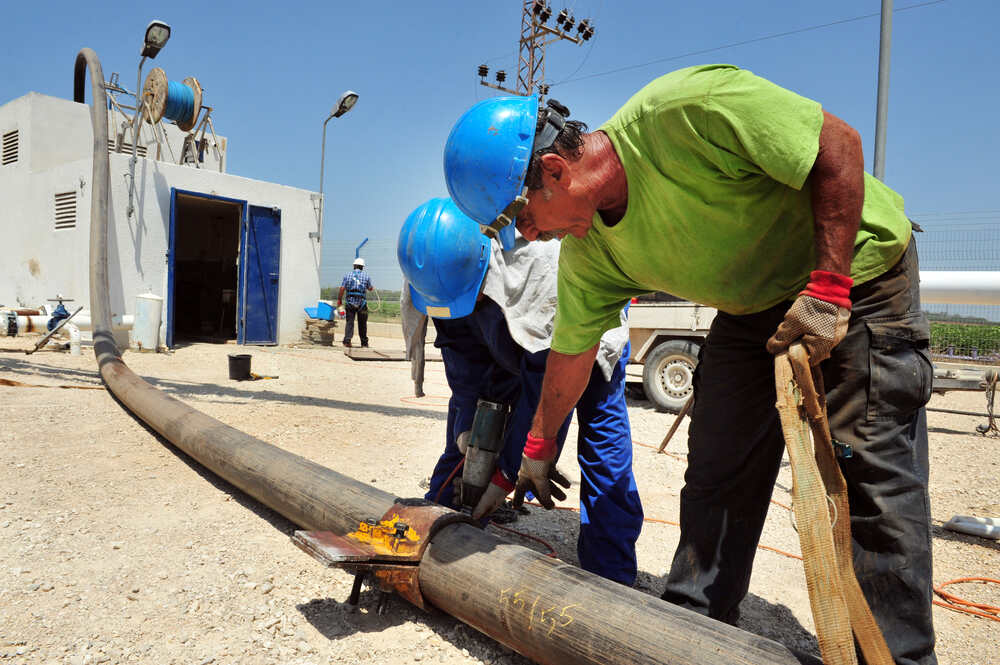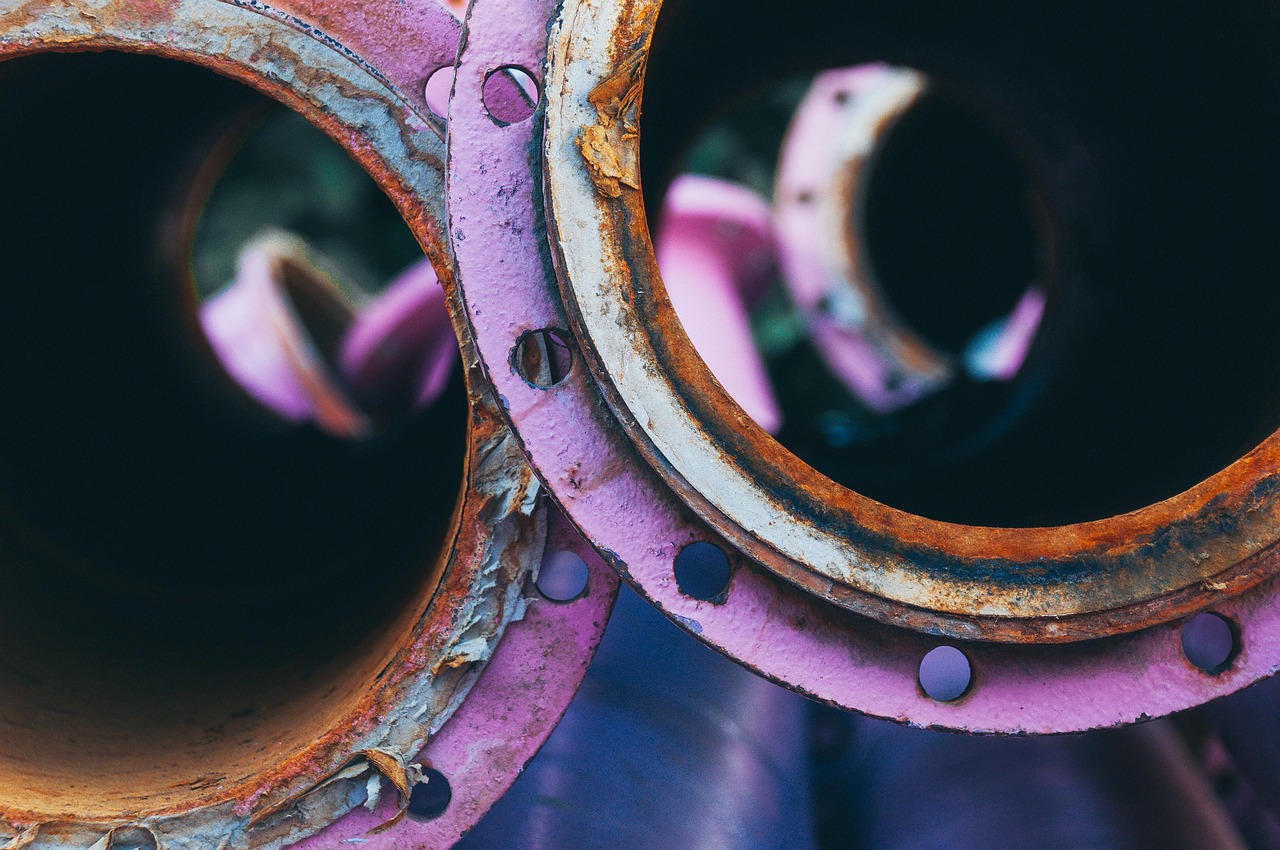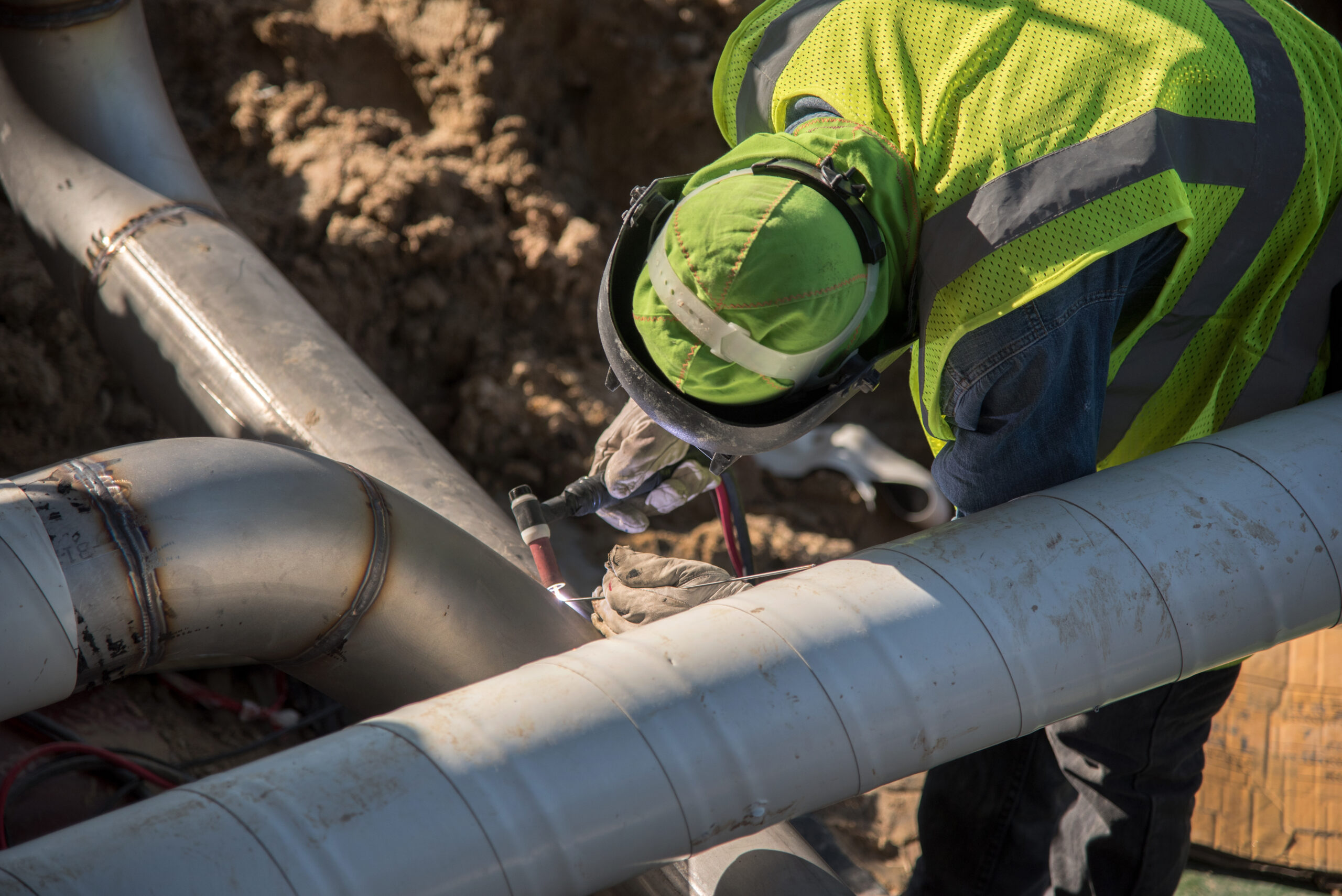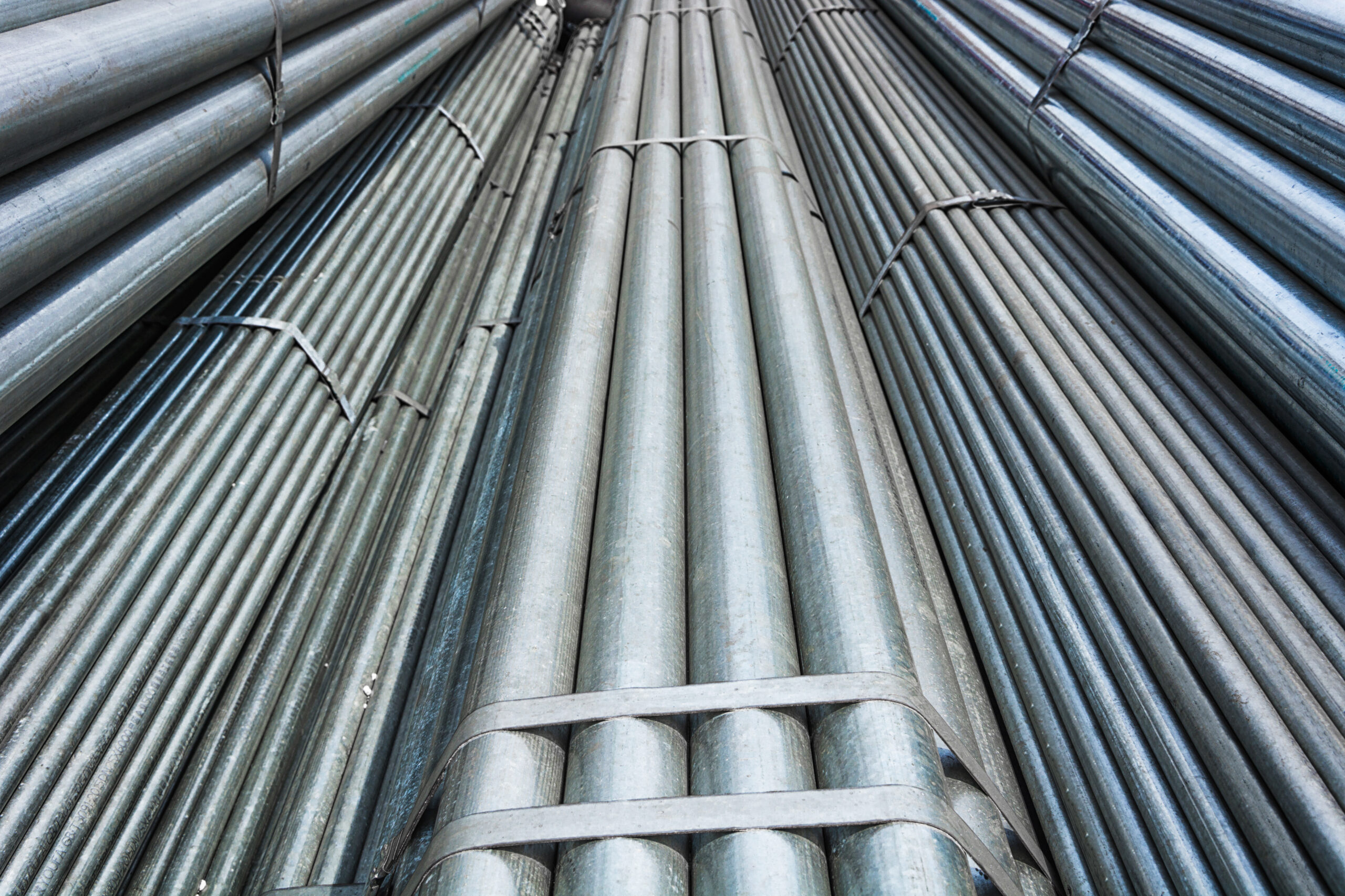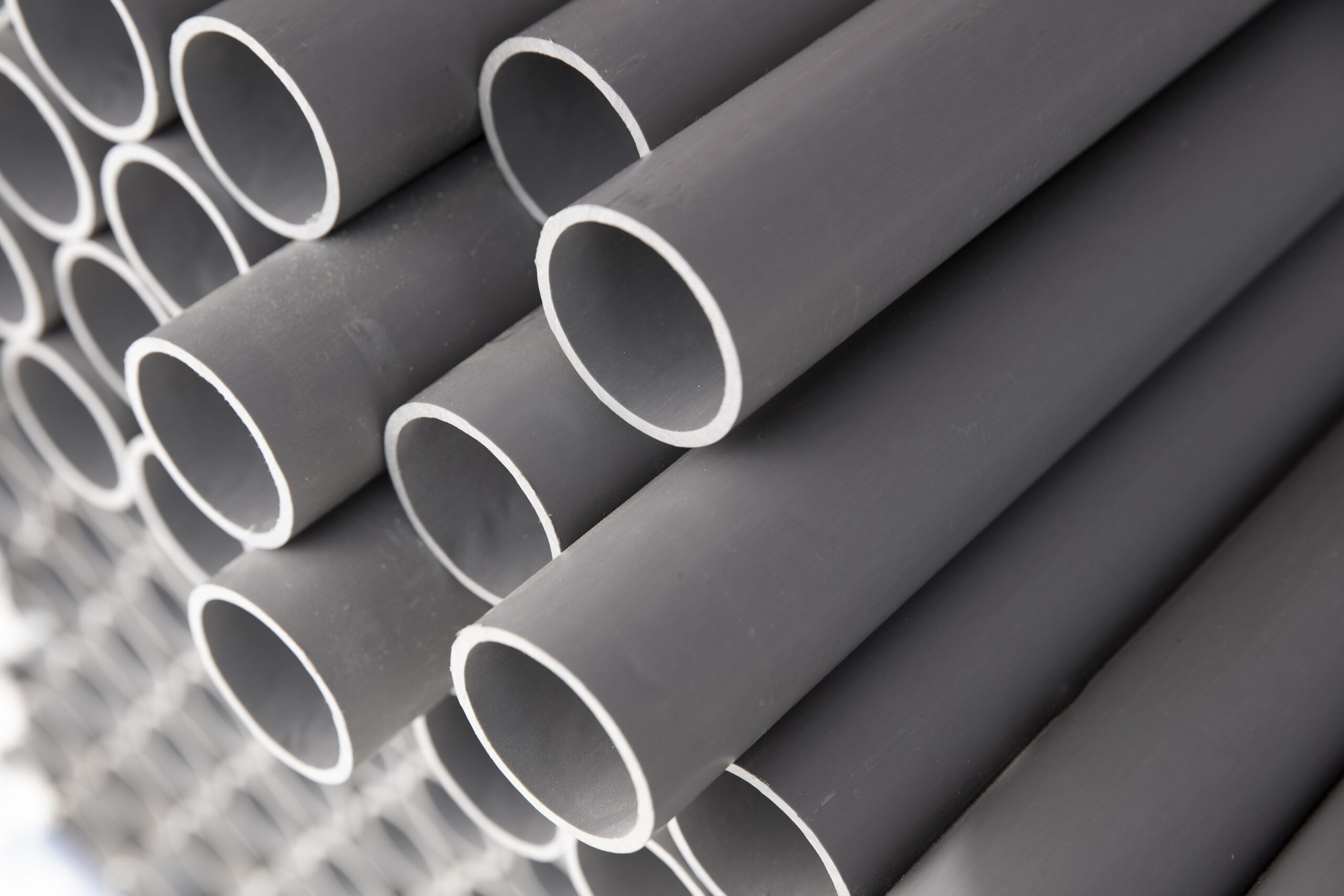Underground pipeline corrosion is the major issue these days. In the current world, pipelines are essential for infrastructure. The world has more than 2.4 million miles of pipeline. Unfortunately, internal pipeline corrosion is a problem for all of these pipelines. Because corrosion can render water unsafe for consumption, protecting pipelines against corrosion is crucial.
Additionally, it may expose the environment to dangerous substances. Are you looking for some solutions to prevent corrosion in your pipeline? Perhaps you already face a challenge and require guidance on how to proceed. Here’s how you can prevent it.
At Lined Pipe System, we have some technologies Flexsleeve and Joint Lock Rings, to treat internal pipeline corrosion.
What is Pipe Corrosion?
Pipe corrosion is the simple process by which piping material degrades as a result of its surroundings, and it is also the torment of many pipe installers’ existences. Most likely, you’ve encountered rusted pipes or other metal objects.
These patches typically appear worn out or exhausted. That indicates corrosion in the pipes or the structure. What does it signify in terms of beams or pipes? Too frequently, it results in flimsy metal objects that might collapse suddenly.
Underground Cross-Country Pipelines (UCCP)
Around the world, there is a huge network of underground pipelines. The UCCP lines are designed to transmit gas and crude oil, both of which might catch fire if discharged due to an accidently caused leak or damage.
Because the soil itself serves as the first line of defense against fire or the release of combustible material into the environment, it is the first and foremost safety element taken into account for UCCP.
The pipelines are typically kept 6 feet below ground level and well-protected by gravel and mud to keep them from being exposed to the elements. These pipelines, which are dispersed through various land landscapes with differing degrees of softness, hardness, sandiness, rocky composition, mineral content, and moisture, range in length and capacity between countries.
These environments can include the ocean floor, riverbeds, brackish water, etc. In order to install underground pipes, the first step is to choose the route based on right-of-way approvals from various agencies in that state or county.
Protection For Underground Pipeline Corrosion
1. Watch Your Water For Pipes
The main source of corrosion is water. A pH level that is too low might damage the lining of copper pipes in particular. The EPA advises you to check the pH of your water between 6.5 to 8.5, roughly.
Additionally, you should keep an eye on the water’s oxygen content. Oxygen can result in buildups and obstructions and is the source of corrosion. Maintaining cool water temperatures is another smart move. In general, hotter water is more corrosive.
2. Cathodic Protection
Using a direct electrical current, cathodic protection (CP) neutralizes the exterior corrosion that is often connected to metal pipes. When a pipeline is submerged in water or the earth, it is typically used. Cathodic protection, when used on a fresh pipeline, can stop corrosion in its tracks.
Cathodic protection can prevent further corrosion on an aging pipeline. There are two techniques to stop electrochemical reactions from happening: flange isolation and joint isolation. By interrupting the metal path or preventing the cathodic protection (CP) system’s current from leaving the area, it is designed to protect. Occurring between two different metals.
3. Pipeline Coatings
One of the simplest ways to prevent corrosion in your pipes is to use coatings. Both above-ground and underground pipelines can utilise coatings and linings.
Cathodic protection is frequently employed in conjunction with them. Epoxy and zinc are two materials that can be used to strengthen your pipes’ defenses. Urethane is also utilized on occasion.
4. Add Protections to Metals
Corrosion in pipelines and on other surfaces can be avoided using protective linings or specialty coatings. That covers components like beams, joints, and bolts. For instance, the process of galvanization involves coating metallic surfaces like steel or iron with zinc.
Additionally, it is advisable to employ a sealer to prevent corrosive germs from ever entering joints or fissures.
5. Corrosion Inhibitors
Corrosion inhibitors are an additional choice for corrosion protection strategies. Pipelines are filled with substances using this technique. By putting a thin layer of substance on the interior, they can stop corrosion from happening.
Because they are affordable, corrosion inhibitors are a popular option. One little step can help avoid more expensive pipeline problems down the road, such as oil spills.
Method For Corrosion Protection Of UCCP
There are two types of pipeline corrosion protection: internal corrosion and exterior corrosion. According to the pipeline schematic internal corrosion is caused by the fluid flowing through the pipeline, such as gas, water, or crude oil, while external corrosion is caused by soil corrosion, as discussed in the preceding section. In most cases, internal corrosion is not a severe issue until the oil is sour (H2S level greater than 500 ppm).
Inhibitors are typically added to the pipes while transporting sweet oil or gas to prevent internal corrosion. A 50 mm epoxy coating may occasionally be used to address the drag issues in the pipe. External deterioration Serious issues necessitate the use of high-quality protective coatings, followed by extra cathodic protection.
Conclusion
The oil and gas industry’s transportation of crude and gas is a significant activity. The ideal technique for carrying fluids is through underground pipelines due to their flammability. However, there are hazards from internal and external corrosion that must be adequately addressed by effective corrosion protection techniques.
While using inhibitors to prevent internal corrosion in pipes is the preferred approach, cathodic protection and coatings are necessary to prevent external corrosion. Three-layer PE coating is currently the most used external coating for new pipelines worldwide. The cathodic protection increases corrosion but also prevents it. We hope the article prevention for underground pipeline corrosion will be beneficial for you.

